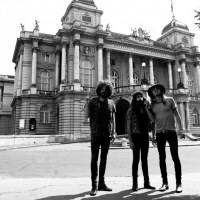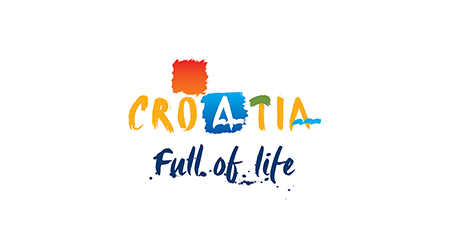The Church of St. Mary
Originally a minster, it was turned into a parish church in the early 16th century.
It was built on a plateau cascading towards former lower parts of Kaptol. A chapel of the same name is mentioned here in the 13th century, as well as a church of which it is only known that is belonged to Cistercians. They had their monastery next to it, and a bathing-place on their own land near Potok (today's Tkalčićeva Street). In the early 16th century Cistercians were gone and St.Mary's Church became a parish church.
The oldest preserved drawing of Zagreb (from the 16th century) puts the church next to Kaptol's western wall. It looks very small compared to the cathedral.
In the mid-18th century, the small Gothic church with a tower on its eastern side was gradually extended and turned into a three-nave building. A bell-tower was built on its northern side.
The wedtern entrance with the stairs was made in the late 18th century, but the smaller entrance on the eastern side-the one with a baroque portal-is used more frequently.
The marble main altar with the statues of St. peter and Paul and angels was installed in 1768. The fresco behind it was painted by Slovenian painters Franc and Krištof Jelovšek (father and son).
On four altars in the naves (1772-1773), next to marble statues of saints, the altar paintings of Slovenian painter Anton Cebej used to be. Of these, only The Reverence of Three Wise Men has remained.
All altars statues and the pulpit relief were made by Franjo Rotmann, a sculptor and architect from Ljubljana, Slovenia.
The pulpit is decorated with a masive relief showing the preaching of St.John the Baptist. The church did not suffer any damage in the earthquake of 1880, so masses were held in it while the cathedral was being repaired.
Today, St.Mary's Church is surrounded with modern buildings, erected after renovation of Dolac in 1925 (when the Cistercian monastery was demolished).
 Hrvatski
Hrvatski English
English Deutsch
Deutsch Spanish
Spanish French
French Italian
Italian Russian
Russian Korean
Korean Japanese
Japanese Chinese
Chinese

















